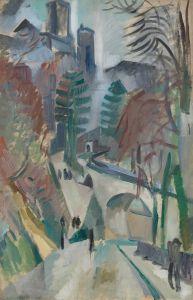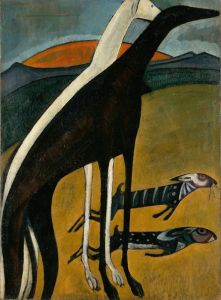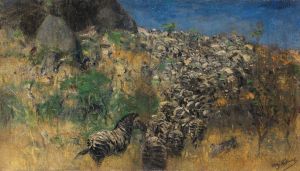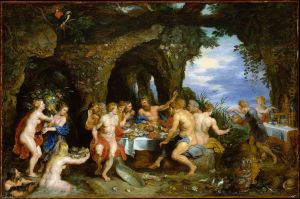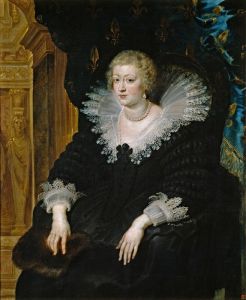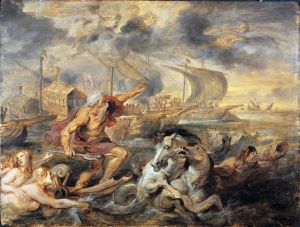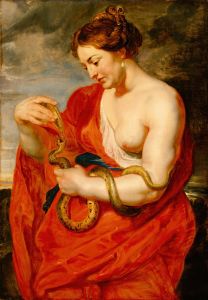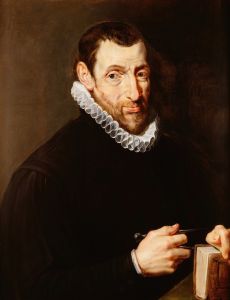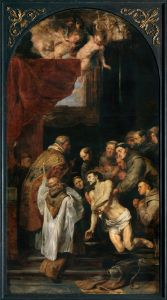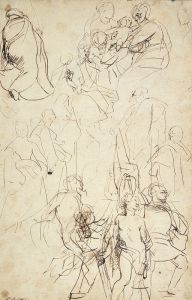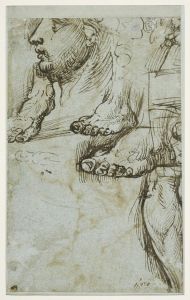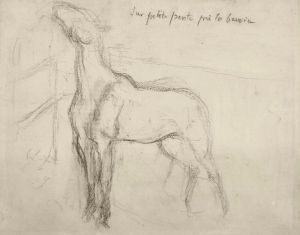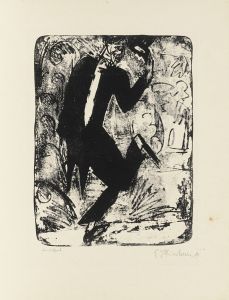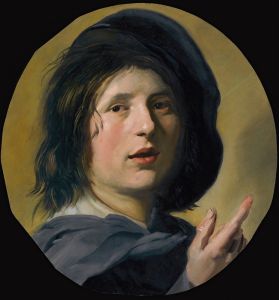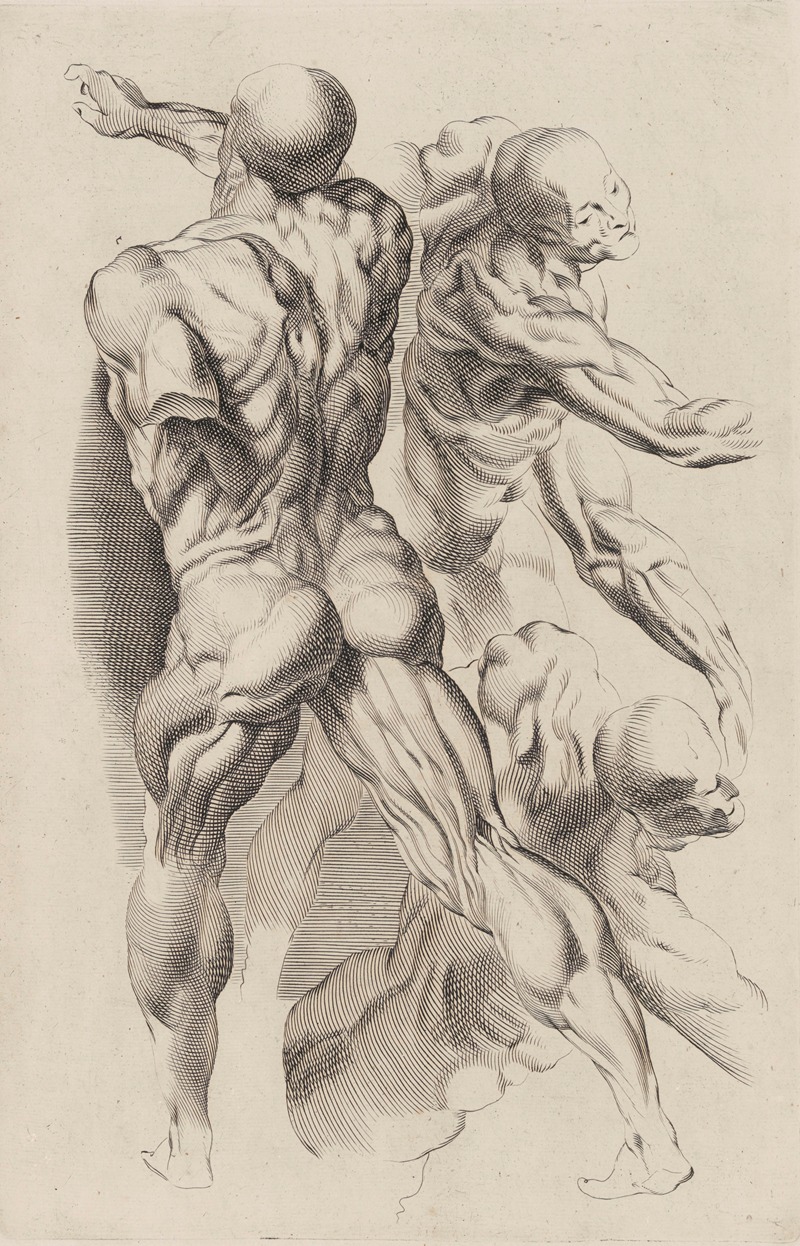
Study of Two Naked Men
A hand-painted replica of Peter Paul Rubens’s masterpiece Study of Two Naked Men, meticulously crafted by professional artists to capture the true essence of the original. Each piece is created with museum-quality canvas and rare mineral pigments, carefully painted by experienced artists with delicate brushstrokes and rich, layered colors to perfectly recreate the texture of the original artwork. Unlike machine-printed reproductions, this hand-painted version brings the painting to life, infused with the artist’s emotions and skill in every stroke. Whether for personal collection or home decoration, it instantly elevates the artistic atmosphere of any space.
Peter Paul Rubens, a prominent Flemish Baroque painter, is renowned for his dynamic compositions, vibrant color palette, and sensuous depiction of the human form. Among his extensive oeuvre, "Study of Two Naked Men" stands out as a compelling example of his mastery in capturing the human anatomy and movement. This work, like many of Rubens' studies, was likely created as a preparatory drawing or sketch, intended to aid in the development of larger compositions or paintings.
"Study of Two Naked Men" showcases Rubens' profound understanding of the human body, a skill he honed through rigorous study and practice. The drawing depicts two male figures, both nude, engaged in a dynamic pose that highlights their muscular structure and physicality. Rubens' use of chiaroscuro, the contrast between light and dark, adds depth and volume to the figures, emphasizing their three-dimensionality. This technique was a hallmark of Baroque art, used to create drama and intensity in visual compositions.
The figures in the study are rendered with a remarkable attention to anatomical detail, reflecting Rubens' knowledge of classical sculpture and Renaissance art. His travels to Italy exposed him to the works of Michelangelo and other Renaissance masters, whose influence is evident in the robust and idealized forms of the men depicted. Rubens' ability to convey movement and tension through the positioning of limbs and torsos demonstrates his skill in capturing the essence of human motion.
Rubens often employed such studies as part of his creative process, using them to explore different poses and compositions before committing to a final work. These studies were crucial in his workshop, where assistants and apprentices would use them as references for larger projects. The practice of creating detailed studies allowed Rubens to experiment with form and composition, ensuring that his final paintings were both dynamic and cohesive.
The exact date of "Study of Two Naked Men" is not definitively known, but it is generally attributed to the early 17th century, a period when Rubens was actively producing numerous works and refining his style. During this time, Rubens was based in Antwerp, where he managed a large workshop and received commissions from patrons across Europe. His reputation as a leading artist of the Baroque era was well established, and his works were highly sought after.
While "Study of Two Naked Men" may not be as widely recognized as some of Rubens' larger paintings, it offers valuable insight into his artistic process and his dedication to the study of the human form. The drawing exemplifies Rubens' ability to blend classical influences with his own innovative approach, resulting in a work that is both technically proficient and artistically expressive.
In summary, "Study of Two Naked Men" by Peter Paul Rubens is a testament to the artist's skill in depicting the human body with accuracy and vitality. It reflects his deep understanding of anatomy, his mastery of Baroque techniques, and his commitment to the preparatory process that underpinned his larger works. This study not only serves as a tool for artistic exploration but also stands alone as a work of art that captures the enduring fascination with the human form.





